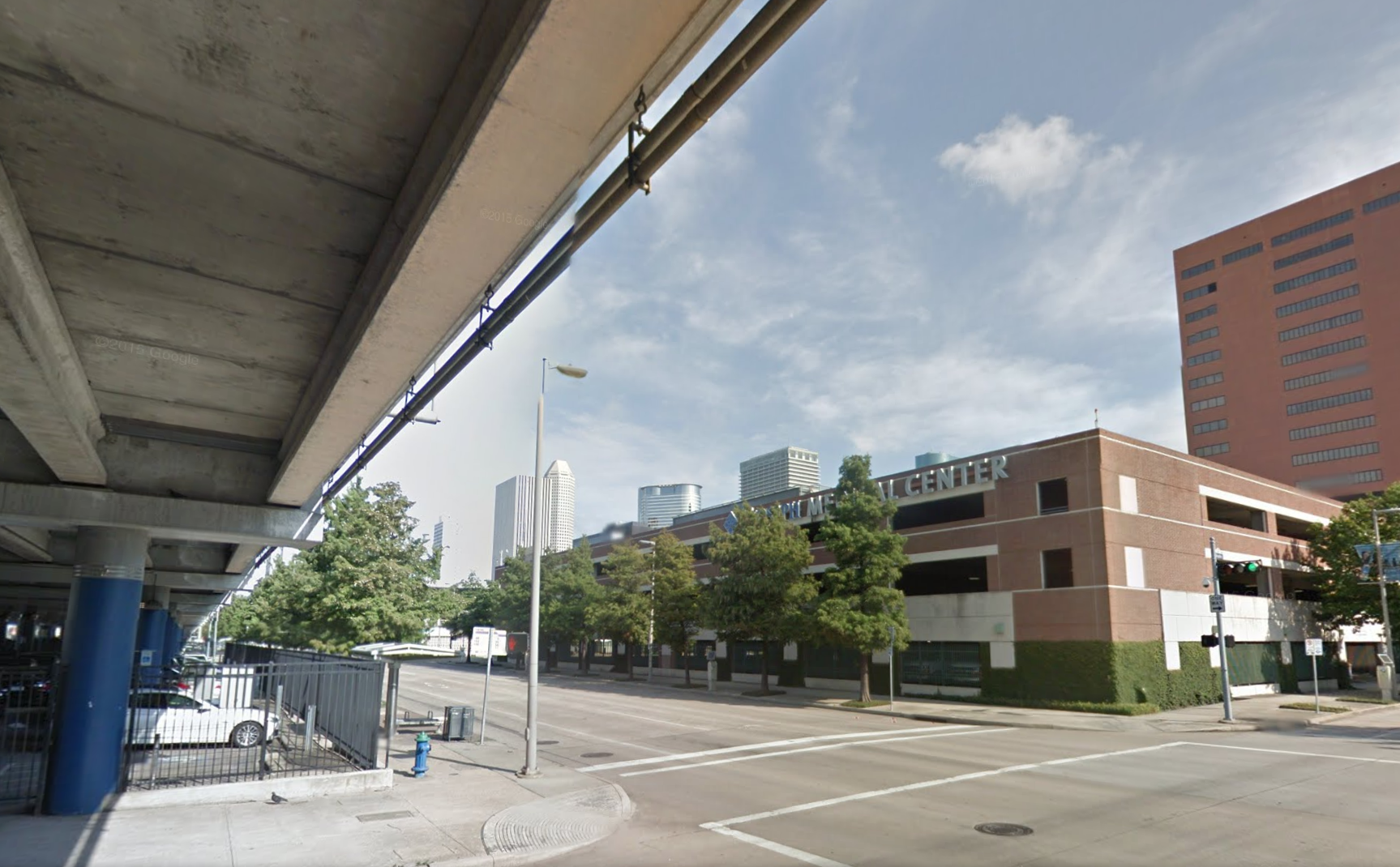John Norquist, the former mayor of Milwaukee, said the elevated section of I-45 between Houston's Midtown and Downtown should be eliminated in favor of a surface-level street.
Norquist, the former head of the influential planning organization Congress for the New Urbanism, spoke at Kinder Institute lecture in downtown Houston Tuesday that drew 160 guests.
His comments come at a time when the Texas Department of Transportation is considering moving I-45 east of its current downtown location and eliminating the Pierce Elevated. He said he's optimistic that the agency would seriously consider the merits of that plan because the Texas transportation agency is more progressive than its peers elsewhere in the country.
Removing the Pierce Elevated could reduce congestion and bring life to an area that has become blighted by the raised freeway, he said.
"It's really important for Houston to realize the whole world is watching," Norquist added. "There's good momentum."
The change would be in line with Houston's ongoing efforts to promote walkability and transit as it strives to become a city that is less car-centric, Norquist said.
His call for the Pierce Elevated's teardown is part of his continued advocacy for the removal of other urban freeways, which he believes disrupt the fabric of cities and fail to efficiently move large volumes of people at peak times, even though that's their intended purpose.
As he sees it, traditionally, roads have served three functions: moving people, offering a place for markets and providing a venue for social gathering. Freeways only serve the first function. And they aren't very good at it.
After World War II, he said, U.S. cities rushed too quickly to embrace freeways, even though they weren't the best fit, because the federal government favored a large-scale approach and mayors weren't willing to turn down federal infrastructure dollars. "The federal government has a tendency to deliver infrastructure that is out of scale for cities," Norquist said.
In post-War Europe, however, traffic engineers knew urban freeways would disrupt the the urban street grid and eschewed that technique. U.S. leaders lacked similar foresight, and as a result, we wound up with infrastructure that promoted congested, isolated parts of the city, hurt property values and was simply unattractive.
"We’ve forgotten how to do things that are small -- infrastructure that is actually of reasonable size that fits into cities and neighborhoods," Norquist said.
Instead, he prefers that traffic planners focus on surface street as a way to move people in cities. He argues that, counterintuitively, surface streets are more effective than freeways at moving cars. That's because they disperse traffic rather than concentrating it in one place.
Someone stuck in congestion on a freeway can only continue traveling in one direction, which compounds congestion. Surface street drivers can adjust to the conditions around them and move in any of three directions.
"The street grid spreads the traffic out," Norquist said. "The freeway concentrates it. It's at its wort when you need it the most."
Norquist highlighted urban freeways across the country that have been succesfully removed, such as the Embarcadero in San Francisco, the West Side Highway in New York and Harbor Drive in Portland. He also pointed to international examples like Seoul, South Korea, which removed its freeways in order to restore an urban stream.
But Norquist said he doesn't think the Pierce Elevated can be successfully transformed into a High Line-style park, despite the hopes of some advocates, because it doesn't wind its way around interesting buildings the way the New York park does. "But that's just my opinion," he said. "I don't live here."

